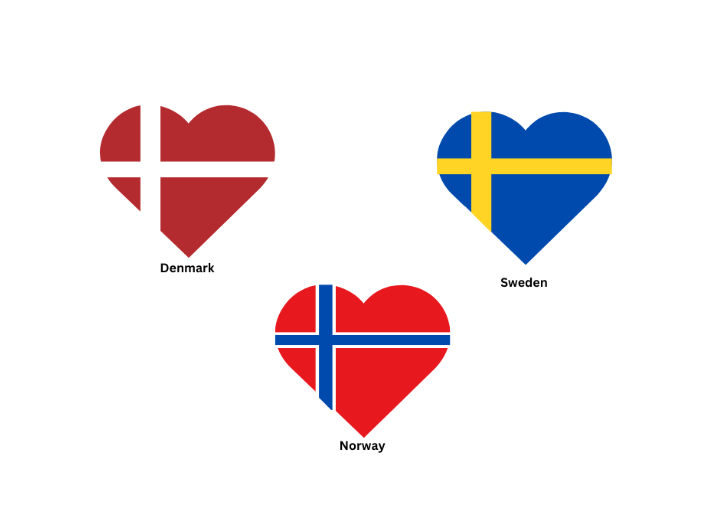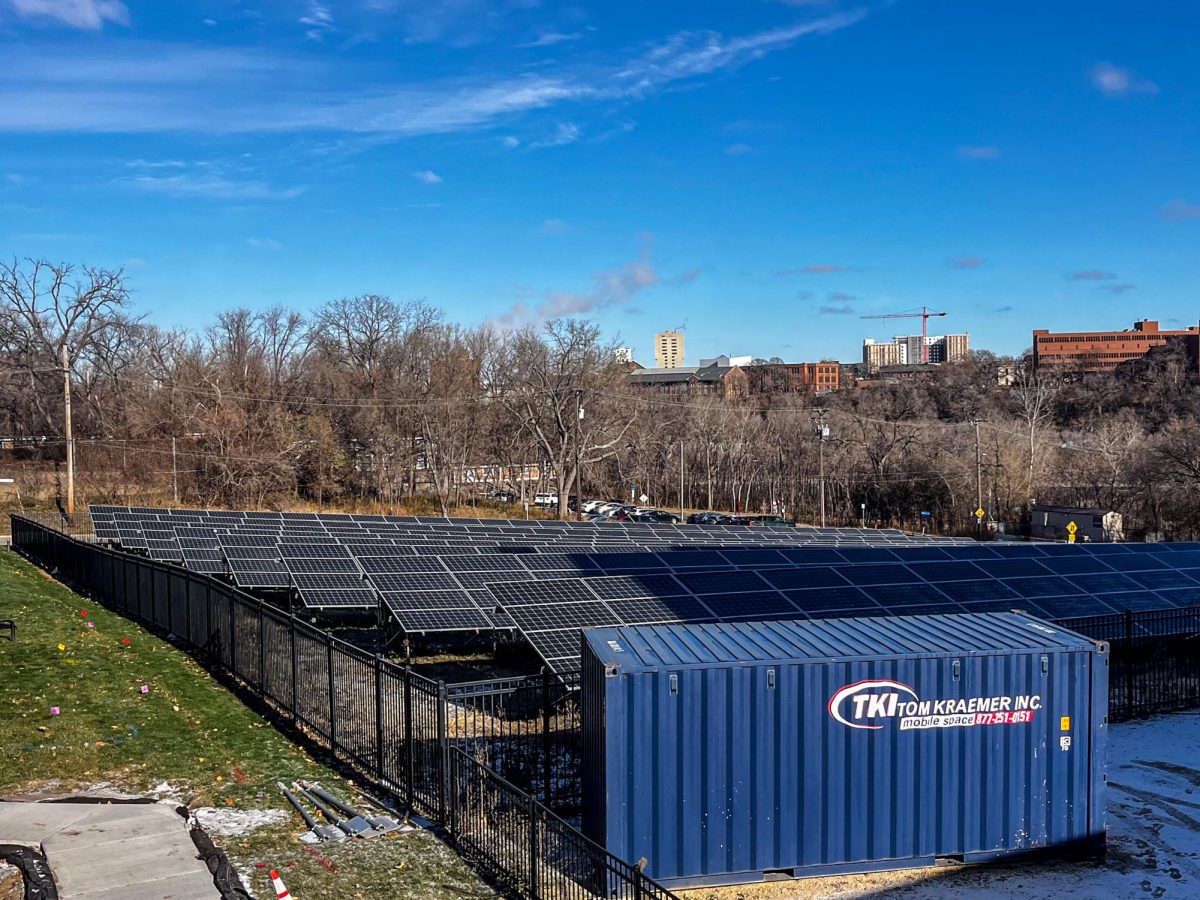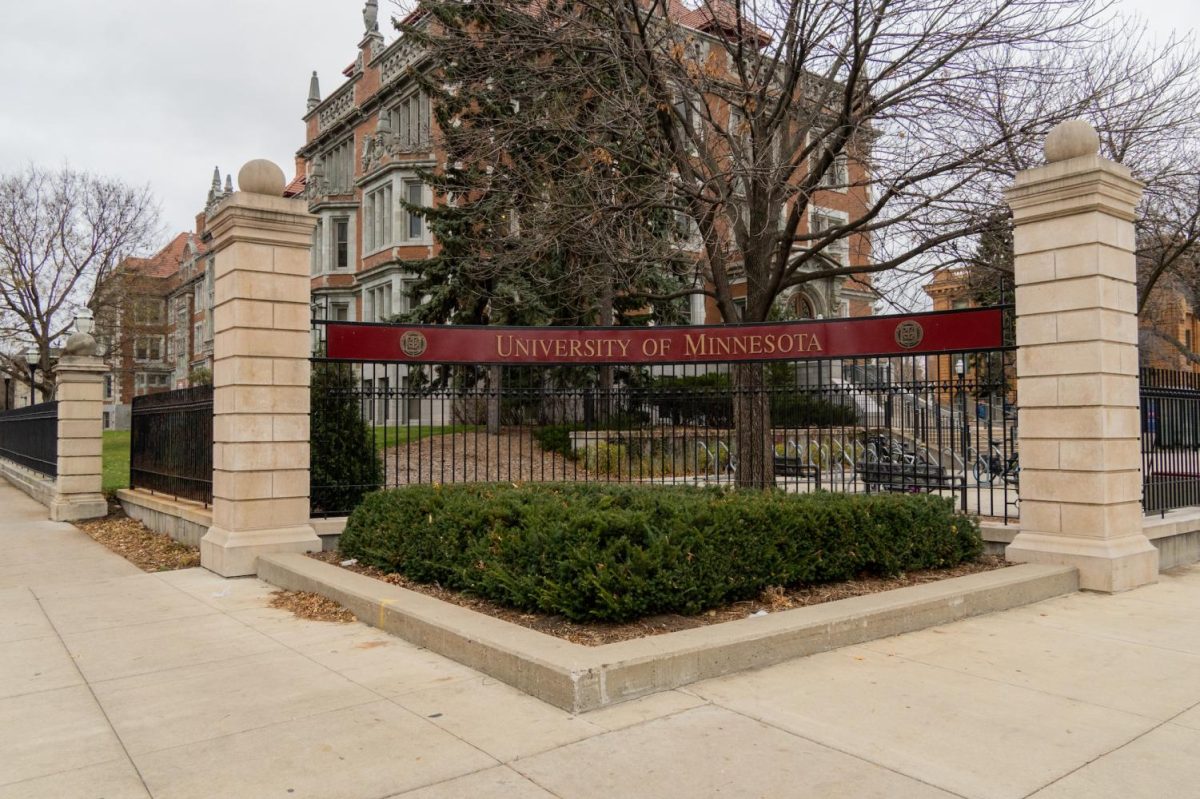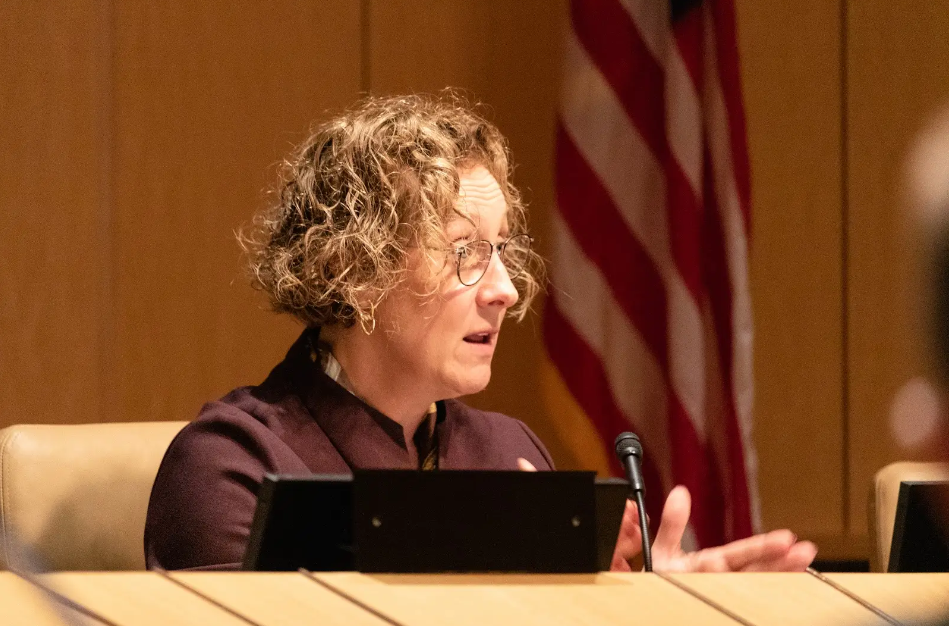The University of Minnesota Environmental Student Association (ESA) and professors on campus are working together to create sustainable systems to help pollinators thrive on campus.
ESA held its first meeting of the semester on Jan. 23, discussed their plans for the semester and visited the Bee Lab on the St. Paul Campus.
ESA was created in 2013 with the mission to provide a productive space for environmentally conscious students to come together while focusing on fostering habits and initiatives to inform the community and provide long-term solutions for environmental issues, ESA President Louisa Brody said.
“We want this to be a space where people can be heard,” Brody said.
One solution ESA is working toward is creating an environment on campus that promotes biodiversity and sustains keystone species, Brody said. ESA is currently pushing for the University to use native plants, like wildflowers, to attract pollinators to maintain the campus’s natural ecosystem.
Due to plant life not being able to reproduce without pollination from insects, ESA has tried to spread awareness about the necessity of pollinators through door-knocking and letter campaigns.
“Often, insects are overlooked,” Brody said.
The “M” symbol on University Avenue and 15th Street is created using flowers that are ripped out and replanted each year, which hurts native pollinators’ ability to fight against invasive species due to population decreases, Brody said.
In an email to the Minnesota Daily, Tom Ritzer, assistant director of landcare in University Facilities Management, said the annual flowers won’t survive the winter months and are removed every fall to make room for the next year’s flowers.
“Because of this, neither leaving nor removing the flowers in the fall negatively impacts pollinators,” Ritzer said.
ESA members also drop “seed-bombs,” which are biodegradable bags filled with soil substrates and native seeds, around campus to support natural bee habitats and increase the population, Brody said.
Dan Cariveau, an associate professor for the entomology department who specializes in native bee ecology, conservation and restoration ecology, monitors Rusty Patched Bumblebees. This species was common in the eastern United States but experienced a widespread and steep population decline before being federally recognized as an endangered species in 2017.
Bees provide valuable pollination services to many flowering plants, such as the fruits and vegetables people consume daily, Cariveau said.
“There are many, many food crops you would not get if there were no bees,” said Department of Entomology Head Sujaya Rao.
Different bee species provide various benefits to the environment, Rao said. Honey bees are reared in hives, which can be placed in different fields to pollinate crops. By contrast, native bees have a smaller population and an annual cycle where they hibernate in winter and re-emerge in spring, she said.
Native bees are not used for pollinating crop fields because their colonies are so small and usually die during the winter. As a result, most native bees are pollinators of wildflowers and other plants.
Cariveau said conservation efforts are essential to maintaining natural systems, and to protect our environment, people should always ask, “Do we value species that are at risk of extinction?”

















